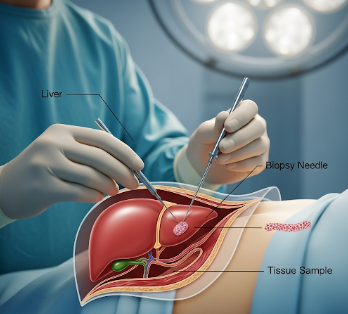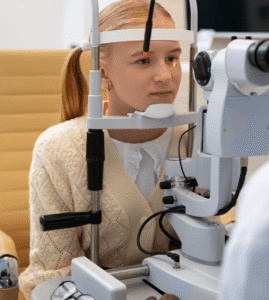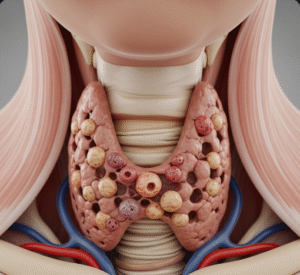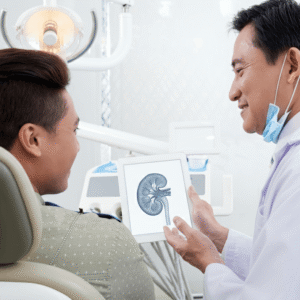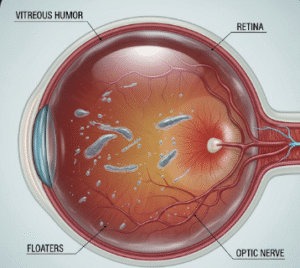Overview
A Liver Biopsy is a diagnostic procedure in which a small sample of liver tissue is removed for microscopic examination. It helps evaluate liver function, inflammation, fibrosis, infections, and liver diseases such as hepatitis, fatty liver disease, or cirrhosis.
In Korea, liver biopsies are performed by experienced hepatologists and interventional radiologists using ultrasound or CT guidance to ensure precision, minimize risks, and obtain accurate diagnostic results.
Highlights:
- ✅ Provides definitive diagnosis of liver conditions
- ✅ Minimally invasive with guided imaging
- ✅ Critical for treatment planning and monitoring
What is Liver Biopsy?
A Liver Biopsy involves the removal of a small tissue sample from the liver through a needle inserted percutaneously (through the skin) or, less commonly, via a transjugular approach. The tissue is analyzed to assess:
- Liver inflammation or fibrosis
- Fat accumulation (steatosis)
- Tumors or masses
- Causes of abnormal liver function tests
Important: It is considered the gold standard for assessing liver pathology when imaging or blood tests alone cannot provide sufficient information.
What are the benefits?
- Accurate diagnosis: Determines the specific type and severity of liver disease
- Treatment guidance: Helps plan antiviral therapy, chemotherapy, or other treatments
- Disease monitoring: Evaluates response to treatment over time
- Minimally invasive: Small needle, outpatient procedure in most cases
Key benefits highlighted:
- ⚡ Confirms liver disease type and stage
- ⚡ Guides personalized medical management
- ⚡ Avoids more invasive surgical procedures
- ⚡ Provides rapid and reliable results
Procedure Details
1) How should I prepare for Liver Biopsy?
- Preoperative evaluation: Blood tests to check clotting profile, liver function, and overall health
- Medication review: Avoid blood thinners or anti-platelet drugs as instructed
- Fasting: Usually 6–8 hours before the procedure
- Consent and education: Understand risks, procedure steps, and recovery expectations
- Arrange support: Someone to accompany you, as sedation may be used
2) What happens during a Liver Biopsy?
- Anesthesia: Local anesthesia at the biopsy site, sometimes with mild sedation
- Imaging guidance: Ultrasound or CT used to locate the optimal site for biopsy
- Needle insertion: A thin biopsy needle is inserted to obtain a small tissue sample
- Sample collection: Tissue is sent for laboratory examination
- Closure: Pressure applied to prevent bleeding, and site is dressed
Duration: Usually 15–30 minutes
3) What happens after a Liver Biopsy?
- Recovery monitoring: Vital signs and biopsy site observed for bleeding
- Pain management: Mild discomfort or soreness at the puncture site is common
- Activity: Rest for several hours; avoid heavy lifting for 24–48 hours
- Follow-up care: Results typically available within days, and further management is discussed
Highlights for post-procedure care:
- ⚡ Watch for bleeding, bruising, or severe pain
- ⚡ Avoid strenuous activity for 1–2 days
- ⚡ Report fever, jaundice, or persistent pain immediately
- ⚡ Keep follow-up appointments for results and treatment planning
Risks / Benefits
Risks:
- Bleeding at biopsy site
- Pain or discomfort
- Infection (rare)
- Injury to nearby organs (very rare)
Benefits:
- Definitive diagnosis of liver disease
- Guides treatment decisions and monitoring
- Minimally invasive with short recovery
- Helps prevent progression of liver disease with early intervention
Recovery and Outlook
- Hospital stay: Usually outpatient, with short observation after procedure
- Full recovery: Most patients resume normal activities within 24–48 hours
- Long-term outlook: Provides critical information for management of chronic liver conditions
- Follow-up: Discuss results with hepatologist and plan treatment accordingly
Tips for optimal recovery:
- ✅ Rest and avoid strenuous activity for 1–2 days
- ✅ Monitor biopsy site for signs of bleeding or infection
- ✅ Take medications as prescribed
- ✅ Follow all instructions from your healthcare provider
When To Call the Doctor
- Significant or persistent bleeding
- Severe abdominal pain or swelling
- Fever or signs of infection
- Jaundice or unusual symptoms post-biopsy
Best Korea Option / Process
Korea offers advanced liver biopsy care:
- Top hospitals: Experienced hepatologists and interventional radiologists
- Advanced diagnostics: Ultrasound or CT-guided percutaneous biopsy
- Minimally invasive procedure: Outpatient or short-stay approach
- Postoperative care: Observation, pain management, and complication monitoring
- International patient support: Online consultation, scheduling, and telemedicine follow-up
Step-by-step process in Korea:
- Online consultation and review of medical history and imaging
- Preoperative evaluation and preparation
- Ultrasound or CT-guided liver biopsy performed by specialists
- Post-procedure monitoring and recovery guidance
- Follow-up consultation to review pathology results and treatment plan

